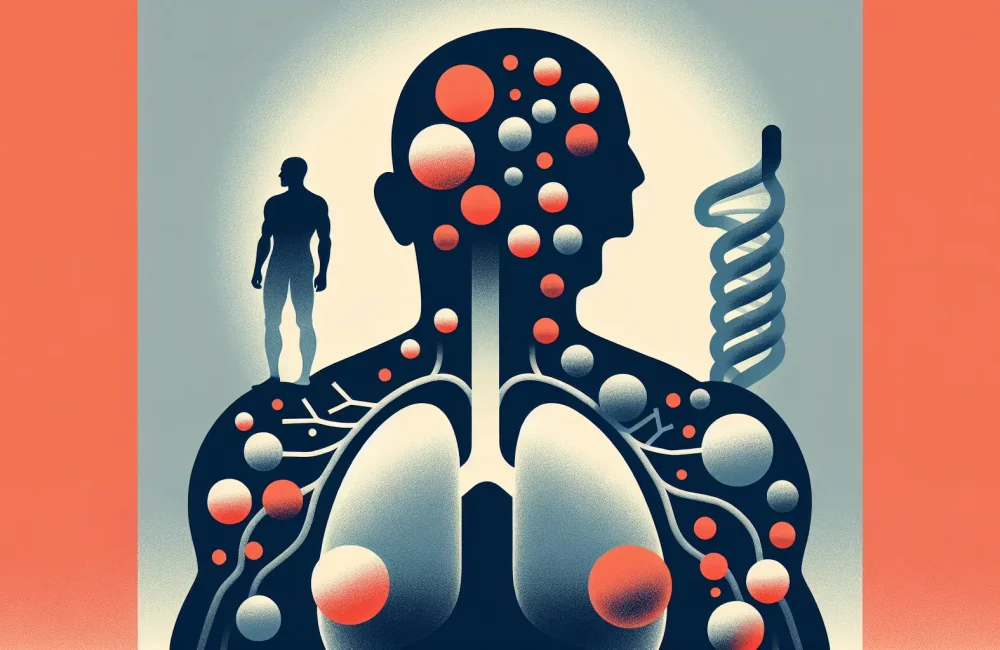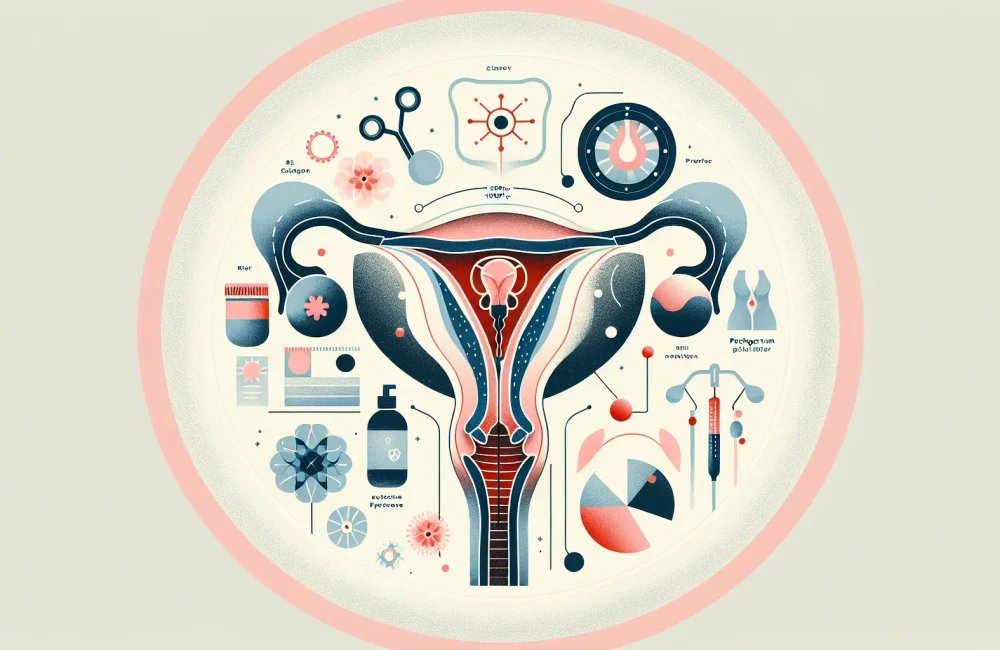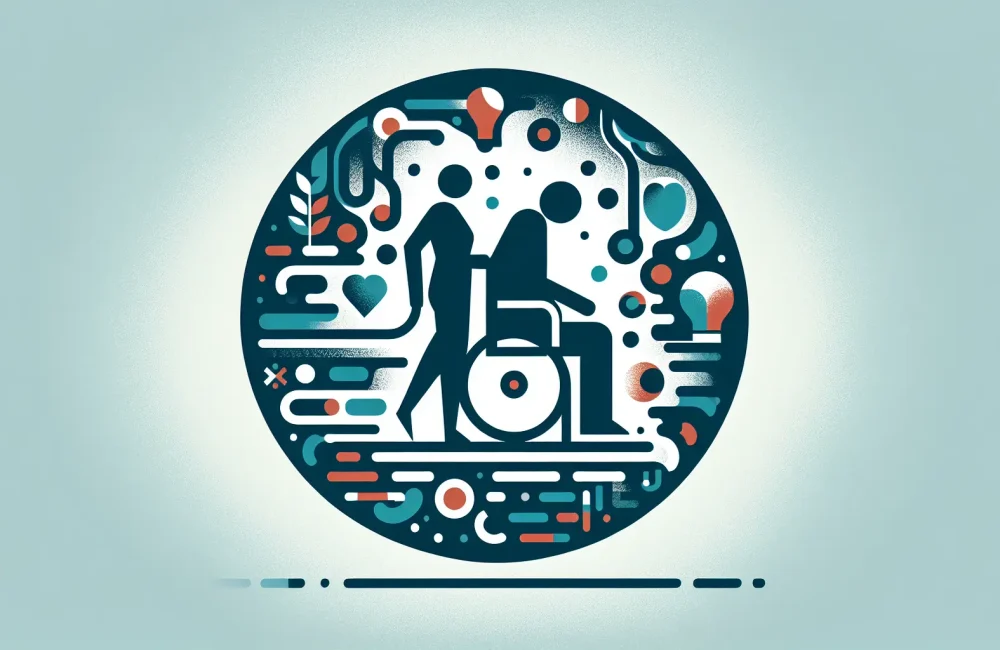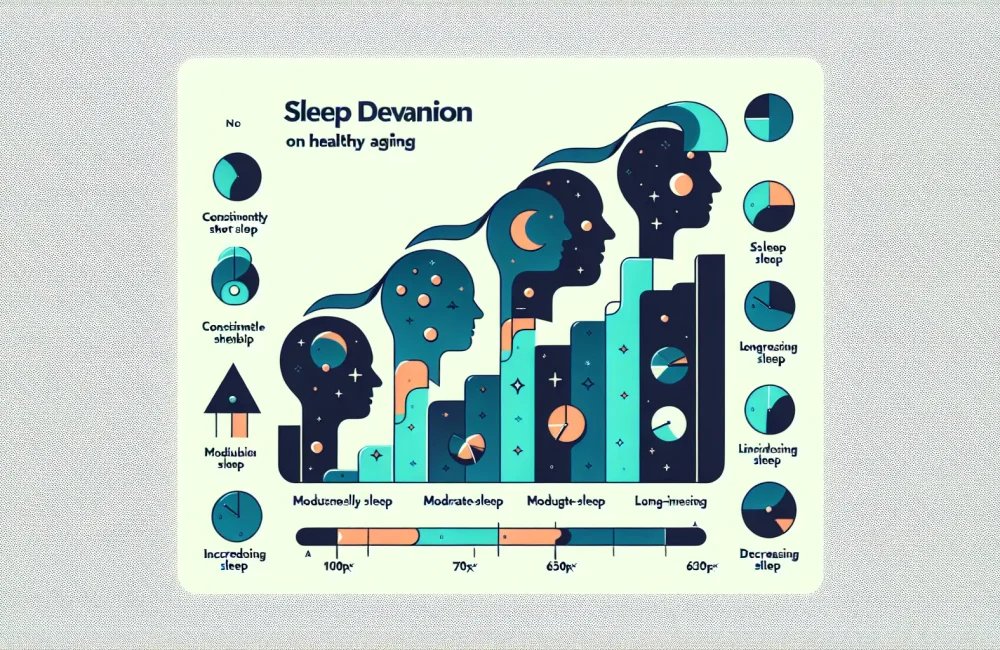By CAFMI AI From Frontiers in Medicine (Open Access)
Comprehensive Multidisciplinary Approach to Hip Fractures
Osteoporotic hip fractures in the elderly represent a significant public health challenge characterized by high rates of morbidity, mortality, and increased healthcare costs. Traditional care models often focus primarily on surgical repair, missing the multifaceted needs that these patients present. The study under review developed a comprehensive multidisciplinary intervention program specifically designed for elderly patients suffering from osteoporotic hip fractures. This program integrates expertise from orthopedics, geriatrics, physiotherapy, nutrition, and social work, creating a holistic approach to patient care. The aim was to address not only the mechanical repair of fractures but also the preoperative assessment, postoperative recovery, and social support necessary for effective rehabilitation. The intervention was implemented in a tertiary care hospital setting and contrasted with historical controls receiving standard, primarily surgery-centered, treatment. Key components included early geriatric assessment to optimize patients’ health before surgery, tailored surgical plans considering bone quality, targeted physiotherapy programs to enhance mobility post-operation, nutritional strategies to support bone healing, and coordinated social work assistance for discharge planning and ongoing support. This integrated care model recognizes that elderly patients have complex medical and social needs that influence their recovery trajectory and outcomes.
Clinical Outcomes and Benefits of the Multidisciplinary Program
The study demonstrated significant improvements in multiple clinical outcomes for patients undergoing the multidisciplinary intervention program compared to standard care controls. Notably, the intervention group experienced a marked reduction in perioperative complications such as infections, thromboembolism, and delirium, which are common in this vulnerable population. Shorter hospital stays were observed, reflecting enhanced recovery processes and efficient care coordination. Functional recovery was objectively measured using mobility scores over a 6-month follow-up period, showing superior improvement in the intervention group. This suggests that the combination of early mobilization through physiotherapy and nutritional support substantially contributed to regaining pre-fracture physical function. Importantly, more patients in the multidisciplinary group were able to return to their original living arrangements, highlighting gains in independence and quality of life. Furthermore, the mortality rate at 6 months post-fracture was reduced, underscoring the program’s role in not only improving immediate recovery but also enhancing long-term survival. These results support the concept that multidisciplinary care models can optimize clinical outcomes beyond what surgical treatment alone can achieve. By addressing the full scope of medical, functional, and social factors, the intervention program offers a robust framework for managing elderly patients with osteoporotic hip fractures.
Implications and Future Directions for Elderly Hip Fracture Care
The promising outcomes from the multidisciplinary care program emphasize the importance of holistic treatment models in managing osteoporotic hip fractures among the elderly. The integration of multiple specialties ensures that physical, mental, and social aspects of patient health are addressed, leading to improved recovery rates and quality of life. Future research should focus on refining these multidisciplinary protocols, including identifying the most cost-effective components and exploring scalability in different healthcare settings. Additionally, long-term follow-up studies could clarify the sustainability of benefits observed in functional status and survival. Policymakers and healthcare providers are encouraged to consider adopting comprehensive care frameworks to reduce the burden of hip fractures on elderly populations. Overall, this study lays a strong foundation for evolving hip fracture management from a surgery-focused intervention to an inclusive, patient-centered care model that recognizes the complexities and vulnerabilities of the aging population.
Read The Original Publication Here






